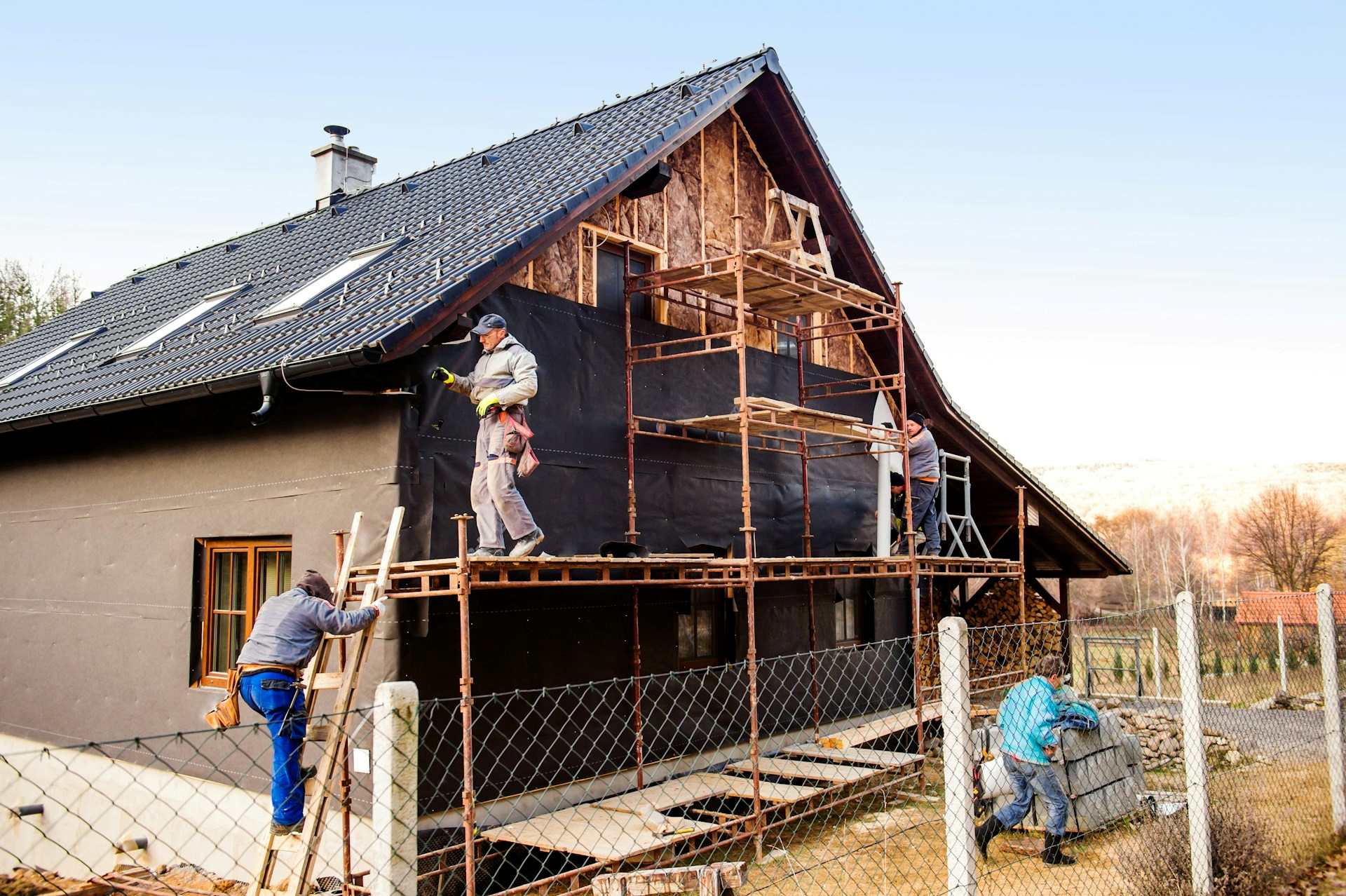UK construction firms are gearing up for what may be a pivotal domestic housing surge, even as global economic uncertainties linger. With Labour targeting 1.5 million new homes by 2029, forecasts anticipate a 5 percent rise in residential project starts in 2025 and continued growth into 2026. This momentum is backed by rising brick production – up 31 percent in February and 8 percent in March, and buoyant sentiment among major developers like Bellway, Persimmon, Barratt and Taylor Wimpey.
Construction suppliers are responding decisively. Etex’s Bristol plasterboard plant and Richard Burbidge’s timber stairs factory in Wales are examples of renewed domestic investment aimed at reducing reliance on global supply chains disrupted by pandemic shocks and trade tensions such as US tariffs. These moves not only buffer the industry against shortages, but also foster resilience by recycling materials and securing on‑shore output.
Despite this upswing, challenges endure. The sector is still feeling the effects of pandemic inflation, elevated labour and material costs, and a 2023–24 contraction that led to layoffs – the worst in some areas since 2010. Skilled labour shortages remain a critical constraint. In response, the government has committed £3 billion to train 120,000 builders by 2030, but the effectiveness of this effort amid tighter immigration policies is yet to be seen.
Planning bottlenecks and commercial caution among private housebuilders, particularly fears of oversupply dampening profits, are further impediments . However, as infrastructure reforms ease land access and pooled grants from the spending review fuel growth, the foundation for expansion appears set. The vital question is whether contractors can transition swiftly from investment to execution, but the sector’s renewed confidence suggests UK homebuilding is brick-solid and ready to scale.


